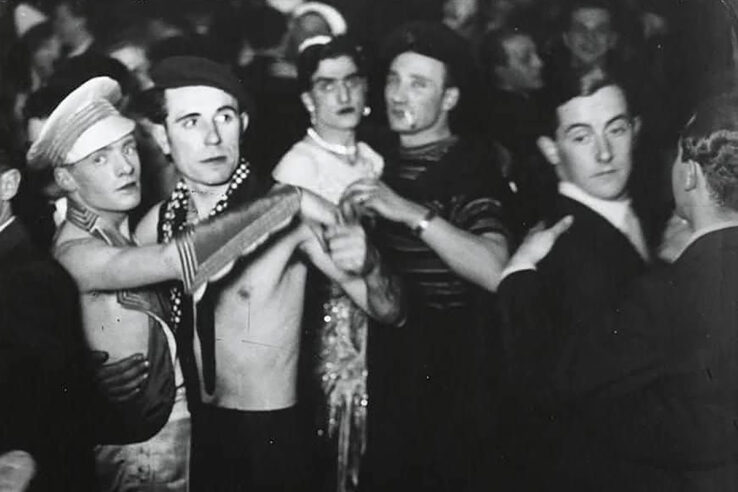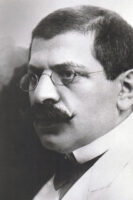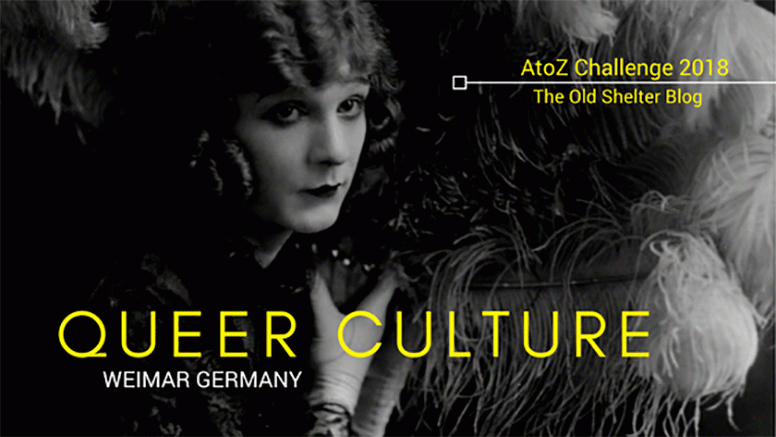Berlin has been a queer-friendly city for well over a hundred year — except for the Nazi period, of course. The history of how the city became a safe haven for queer people started back in the nineteenth century.
German law wasn’t more liberal than any other law on the continent. At the unification of Germany under the Kaiserreich in 1871, an oppressive statute was imposed all over the country which criminalized bestiality as well as certain acts between men. This was never lifted and in fact in remained law of the land until as late as the 1960s.
By this law, someone could be convicted for sodomy only if he confessed or if a witness testified against him. Which made the law admittedly quite hard to enforce, since this wasn’t something people voluntarily confessed. As for witnesses, people had, of course, consensual relationships and intercourse in their private life. If someone was willing to denounce someone else, it was normally for shady reasons. The law seemed to encourage the practice of blackmailing, which finally prompted the creation of the Department of Blackmail and Homosexuality inside the police.
In the 1880s, police commissioner Leopold von Meerscheidt-Hullessem realized the law was unenforceable and so decided that rather than persecuting alleged homosexuals, it would be easier to just observe and monitor and keep tabs of suspected individuals. The police started to tolerate different public accommodations, such as bars and cafés and eventually even transvestite balls. These places wouldn’t get raided or padlocked. They were allowed to exist and operate. People were not punished for frequenting them. They could meet, socialize and interact. Over the years, this created a true community which was almost in the open.
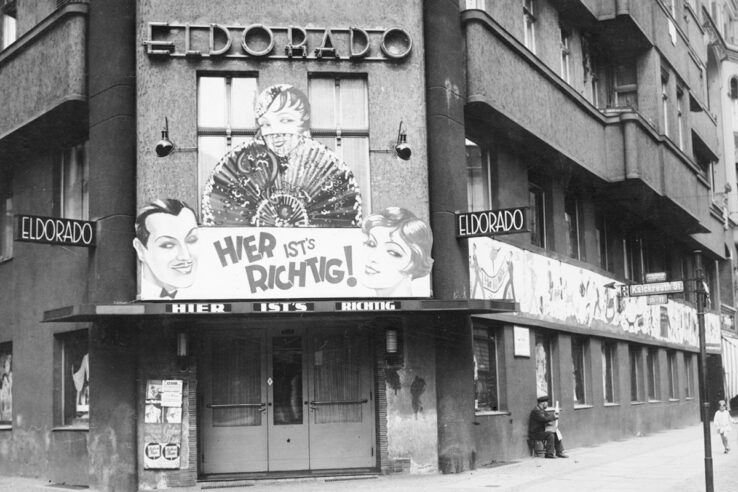
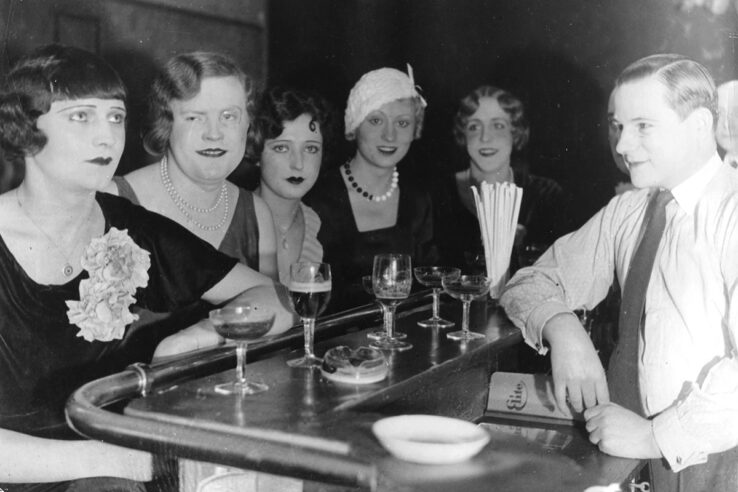
In the 1920s and 1930s, 25 to thirty separate homosexual German-language periodicals were published in Berlin, either weekly or monthly. Readers could buy them at the newsagent, and in addition to giving news about the community they would advertise clubs and events and even offer a dating service. There were no other such newspapers published anywhere else in the world until after the end of World War II.
As early as the turn of the century, Berlin’s gay scene was attracting such interest that it was frequently mentioned in tourist guides.
The Institute of Sexual Science
The Institute of Sexual Science was founded in 1919 by Dr Magnus Hirschfeld, and it was the first facility in the world to offer medical and psychological counselling on sexual issues to heterosexual men and women, homosexuals, crossdressers and intersex individuals. It was the first attempt to establish sexual science as a topic of legitimate academic study and research, but it also created many occasions of awareness in everyday life.
Dr Hirschfeld, for example, was a strong supporter of birth control and public education. He created a museum about sexual practices in the world and performed one of the first (if primitive) male-to-female sex-reassignment surgery on a 23 year-old officer who had fought in World War I.
He was instrumental in the creation of the “transvestite passes” issued by Berlin police. In a book that he published in 1910, he argued that some individuals felt a strong drive to crossdress in public. Hirschfeld considered this a medical condition (he was the one who coined the term “transvestite”), but since it was armless he thought these people should be allowed to do so. Up to the 1910s, crossdressers could be stopped by the police and questioned or arrested, but after the introduction of the transvestite passes, if they carried such permission, they would be left alone. The transvestite passes had the side-effect of allowing actors and performers to freely move from one club to the other where they worked without ever taking off their custom.
The surge of the Nazi power brought all of this to an end. Nazis were strongly opposed to homosexuality and homosexuals. However, at the beginning, they only persecuted them if they were either Jews or leftists — or, as it was often the case, both. It wasn’t hard either, since many homosexual rights movement activists (including Dr Hirschfeld himself), progressive physicians, psychologists, medical doctors as well as lawyers and jurists were Jews.
Not long after the rise of the Third Reich, a Nazi youth group destroyed the Institute of Sexual Science and for long years the bond between Berlin and its queer community was broken.
This story was originally published at The Old Shelter as part of an A-to-Z challenge about the history of Weimar Germany, April 19, 2018.

